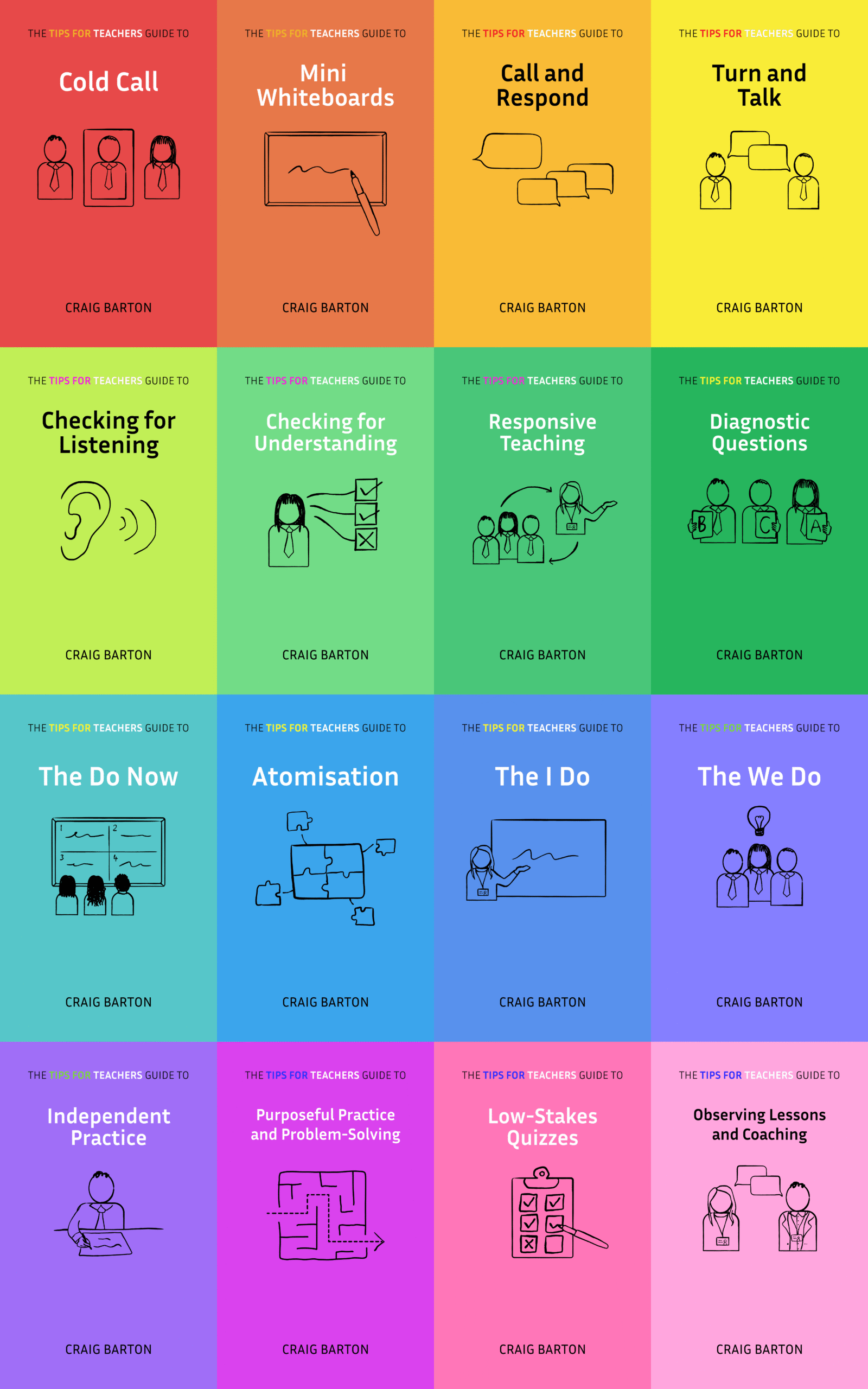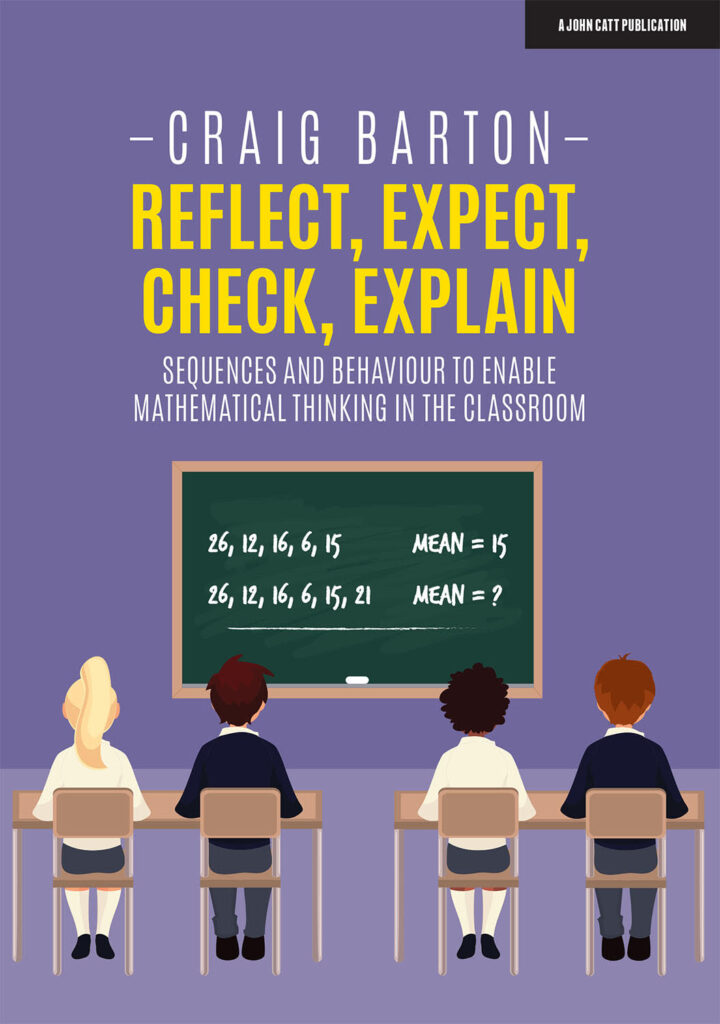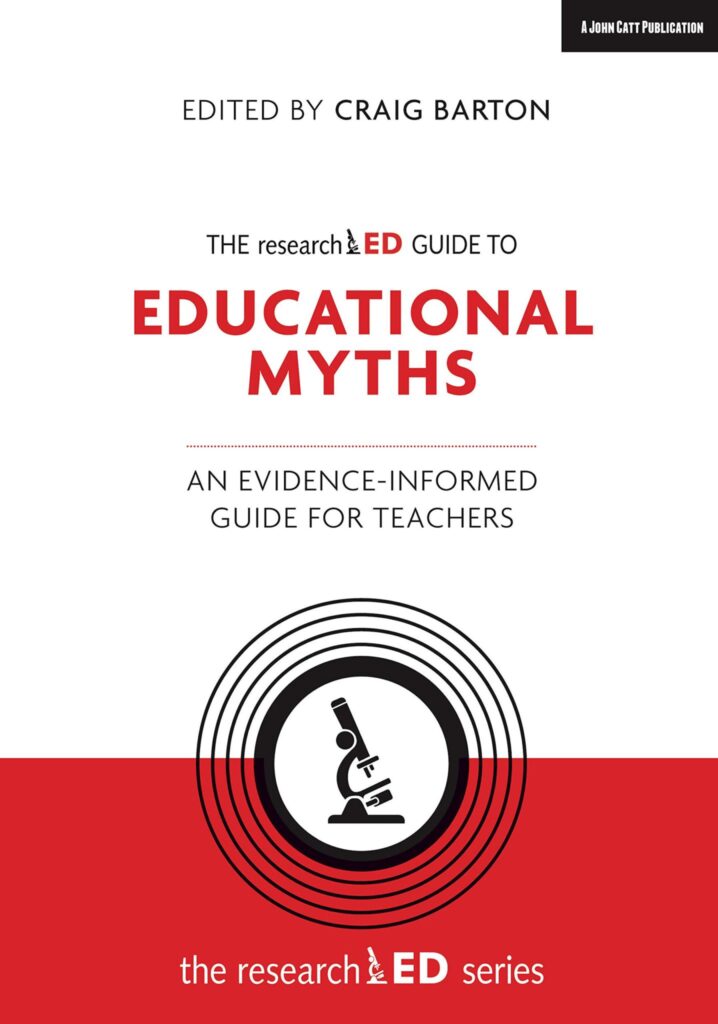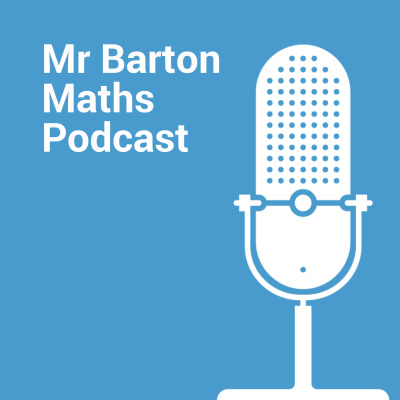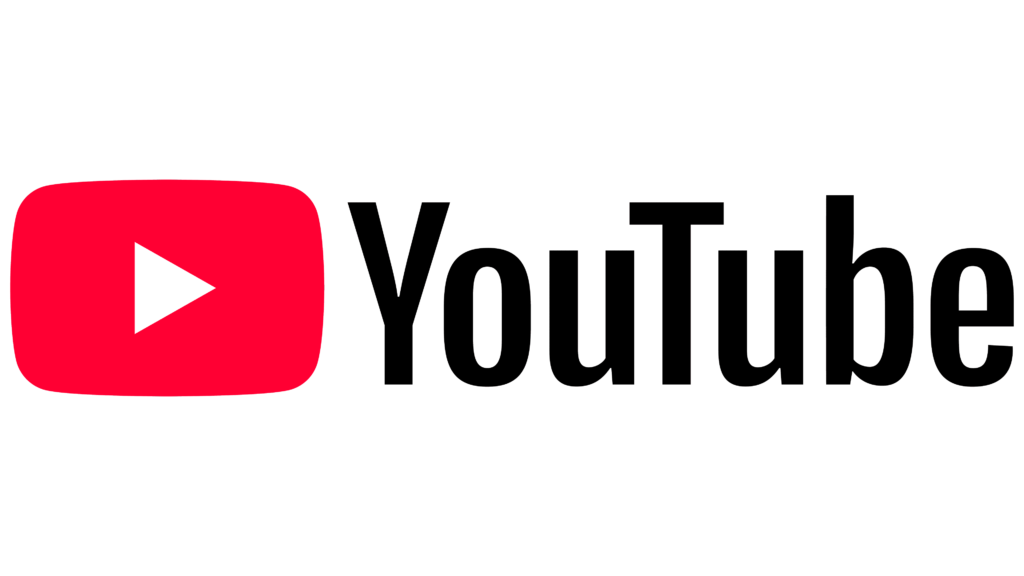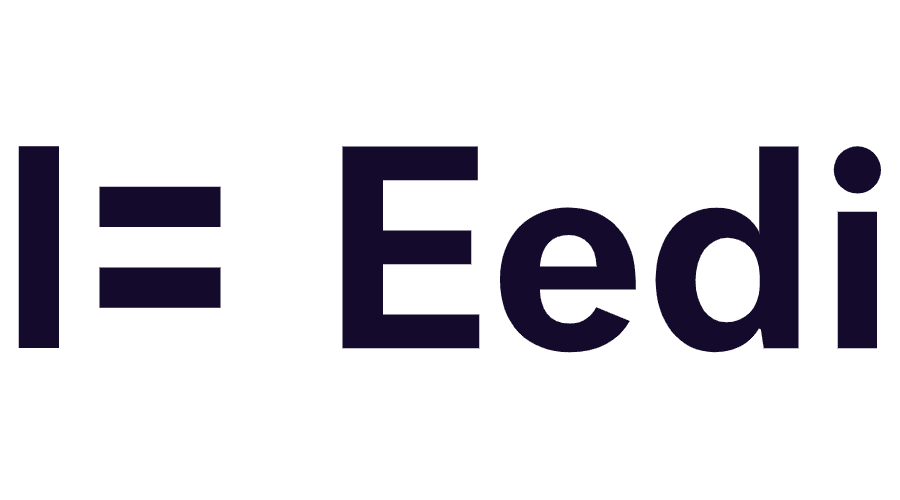Summary:
This YouTube transcript discusses effective teaching strategies, emphasizing the crucial role of checking for understanding. The speakers advocate for moving beyond simply asking “Do you understand?” and instead probing students’ comprehension with questions like “What do you understand?”. They highlight the importance of responding to student understanding by adjusting teaching methods, using tools like whiteboards, and employing techniques such as cold calling and call and response. The discussion also addresses the need for a supportive classroom environment where mistakes are seen as learning opportunities, and the dangers of “conveyor belt” teaching that prioritizes covering material over actual learning. Finally, the speakers emphasize the distinction between feeling like you understand and actually understanding the material.
What are the implications for teachers?
Based on the sources, here are some implications for teachers regarding checking for understanding:
- Moving away from “conveyor belt” teaching is crucial. Teachers should focus on what students are learning, not just what they are teaching. This means not rushing through the curriculum simply to cover all the material, but ensuring students have actually grasped the concepts. Teachers need to check for understanding and be ready to adapt their teaching accordingly.
- Checking for understanding should be a regular part of the lesson. Teachers should move beyond simply asking “Do you understand?” because students might say “yes” even if they don’t understand, either because they are embarrassed to say otherwise or they may think they understand. Instead, teachers should ask, “What do you understand?”.
- Teachers should not rely on just one student’s response to gauge understanding for the whole class. It’s important to be “forensic” about checking for understanding and getting input from multiple students.
- Teachers should use a variety of methods for checking for understanding. Some methods include:
- Using whiteboards so teachers can quickly assess student work.
- Cold calling, which is asking students questions without them volunteering answers, but this method should be used in a warm and supportive classroom environment where mistakes are seen as learning opportunities.
- Call and response techniques, where the class responds in unison to prompts.
- Show call, which is a variation of cold calling where a piece of student work is analyzed and critiqued by the class.
- Teachers should be ready to “flex” their teaching in response to the information gathered during checks for understanding. This might mean addressing the issue in the moment or later, maybe within the lesson, after the lesson, or through intervention. Teachers should not ignore the lack of understanding they find.
- Teachers should be prepared to respond to lack of understanding. If a check reveals a problem, they must be ready to adapt by potentially going back over material. It is important to know where to go back to by being super clear about what you want to teach and what the misconceptions are.
- Teachers should be aware of the distinction between the feeling of understanding and actual understanding. Students may remember the feeling of understanding something, but not the understanding itself, so it is important to check for understanding beyond that initial feeling.
- Teachers should recognize that checking for understanding and responsive teaching requires teachers to not only check but also respond to the information gathered..
- Teachers should not be like broadcasters; they need to check for understanding and adjust their teaching accordingly.
- Teachers must cultivate a classroom environment where students feel safe to make mistakes and see them as learning opportunities, so that they can openly share what they understand and don’t understand.

